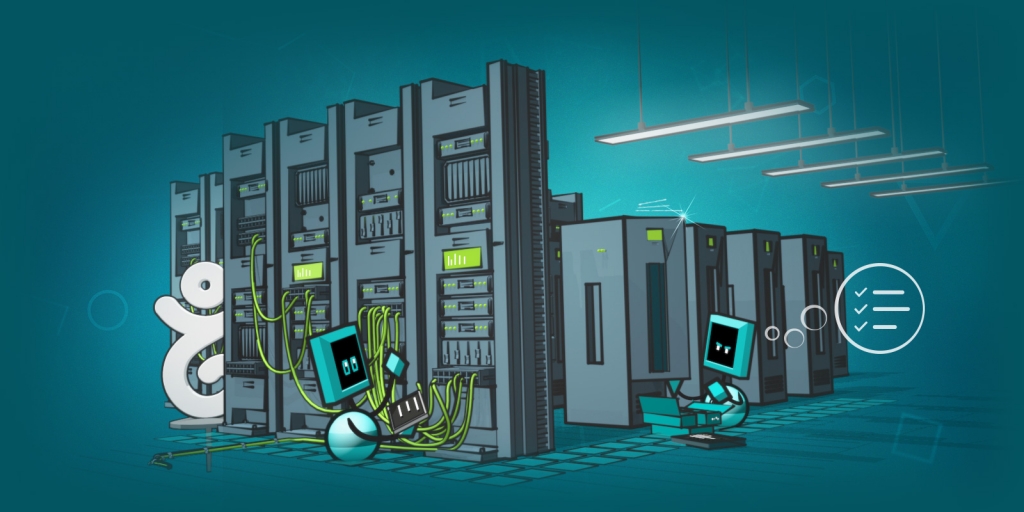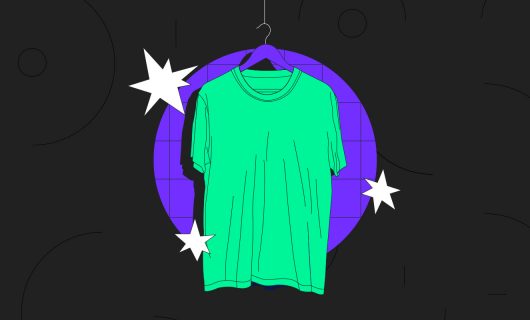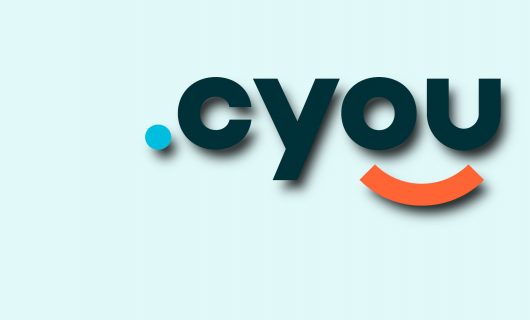Cloud computing consists of making a set of computers, networks, and software available for use. There are, broadly, three service models for cloud computing that respond to the varying needs to businesses and individuals: IaaS, PaaS, and SaaS. These terms, while easy to understand for cloud computing initiates, are confusing for beginners.
What services are included in these different models and who are they for?
IaaS (Infrastructure as a Service): externalizing material infrastructure
With IaaS (Infrastructure as a Service), businesses benefit from technical resources via virtual machines that they may restart, stop, reconfigure, or reinstall. Related resources are also available: networks and data storage. All applications, data, and operating systems are the responsibility of the companies purchasing IaaS resources (for our part, Gandi offers a quick operating system selection for ease of use).
In other words,, IaaS lets you set up your own environment without having to take charge of the physical part of the infrastructure (data center, climate control, electricity, server rooms, etc.). Generally, it gives you more flexibility to modify resources allocated to your environment without having to intervene physically and by virtualizing those resources, it minimizes the risk of outages due to physical outages.
Find out more about Gandi’s IaaS solutions
PaaS (Platform as a Service): externalization of material infrastructure, applications, and data
PaaS (Platform as a Service) goes further than IaaS in that it includes the operating system and software (database, interpreter, and libraries) that lets you execute software that you yourself install. This software, usually web oriented, can then be accessed by a web accelerator that facilitates a more fluid experience for website visitors.
In other words, PaaS lets you rent the use of servers and certain integrated tools. This configuration is very useful for quickly launching a development and test environment and for hosting websites without having to manage the system level resources.
Gandi offers PaaS services with a database, a web server, an environment for executing code, and a caching service.
Find out more about Gandi’s PaaS service
SaaS (Software as a Service): the all-inclusive option
SaaS (Software as a Service) is maybe the most well known Cloud service. Bascially it lets you use a suite of software tools remotely online, generally on a subscription basis. Apps like Google, Office 365, or Salesforce are examples of SaaS. The provider is in charge of installing, configuring, and maintaining the environment and the software running on it.
The PaaS Analogy (Pizza as a service)
To clarify the different layers even more, there’s also the Pizza as a Service (PaaS) analogy.
Without any service, you make your pizza yourself. A to Z.
With IaaS, the pizza is provided but it’s up to you to cook it and serve it.
With PaaS, the pizza gets delivered ready to eat, you just need to bring it to the table.
With SaaS, you go out for pizza. You don’t clean the table and you get drinks too.
IaaS, PaaS, and SaaS: how to choose
The choice of cloud computing solution depends on your specific needs and the needs of your business, the technical competency of those who will manage it, and your budget. Some companies or individuals with a high degree of technical proficiency would prefer to have control over their applications. Others with less aptitude might want to cede some control to their provider. What Gandi brings to the equation is a high level of flexibility in the services offered, customizable according to your needs.
Need help picking the best option for you? Please feel free to leave a comment on this article or contact our Customer Care team at help.gandi.net!
Tagged in CloudSimple Hosting




https://The choice of cloud computing solution depends on your specific needs and the needs of your business, the technical competency of those who will manage it, and your budget. Some companies or individuals with a high degree of technical proficiency would prefer to have control over their applications. Others with less aptitude might want to cede some control to their provider. What Gandi brings to the equation is a high level of flexibility in the services offered, customizable according to your needs.
Comments are closed.